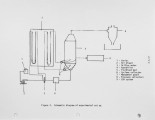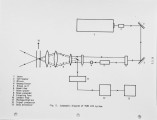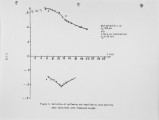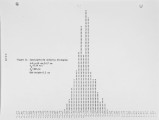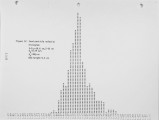| Title |
Measurement of Local Particle Velocities in the Freeboard of a Wood-Fueled Fluidized Bed by Laser Doppler Velocimetry |
| Creator |
Hamdullahpur, Feridun; Pegg, Michael J.; MacKay, G. David M. |
| Publisher |
University of Utah |
| Date |
1984 |
| Spatial Coverage |
Tulsa, Oklahoma |
| Abstract |
Historically the major drawbacks to the utilization of wood as a fuel for swirl stabilized burners have been its high moisture content and its fibrous nature which makes pulverization difficult. Data from a variety of experiments are presented here which show that the other physical, chemical, and therefore combustion properties of wood fuels are substantially superior to those for the higher rank bituminous coals, thus reducing the requirement for drying and size reduction. These data bfiuw that wood has a very high reactivity due to its 90+ percent volatile matter content under high heating rate conditions. The ignition times for wood can be as small as one-tenth those for higher rank fuels. Rapid devolatilization and char combustion also result in significantly shorter burnout times. These fuel properties impact the optimum design of a swirl stabilized burner for wood. To demonstrate this, a mathematical model has been developed of the flow and mixing patterns for a swirl burner. This model couples the fuel properties with the mixing rates of the primary, secondary, and recirculation flows in order to predict the ignition and stability limits for a variety of fuels including wood and bituminous coal. It is shown that the unique properties of wood allow it to be burned stably at higher moisture content levels and with coarser size distribution than for bituminous coals. A mixing map has been developed from this model of the ignition time as a function of the rate of mixing of both the recirculation gas and secondary air with the primary air/fuel stream. This map shows that rapid mixing with the recirculation gas along with slower mixing with the secondary air yields optimum conditions for ignition of pulverized wood fuels. |
| Type |
Text |
| Format |
application/pdf |
| Language |
eng |
| Rights |
This material may be protected by copyright. Permission required for use in any form. For further information please contact the American Flame Research Committee. |
| Conversion Specifications |
Original scanned with Canon EOS-1Ds Mark II, 16.7 megapixel digital camera and saved as 400 ppi uncompressed TIFF, 16 bit depth. |
| Scanning Technician |
Cliodhna Davis |
| ARK |
ark:/87278/s6jh3pp1 |
| Setname |
uu_afrc |
| ID |
932 |
| Reference URL |
https://collections.lib.utah.edu/ark:/87278/s6jh3pp1 |


















